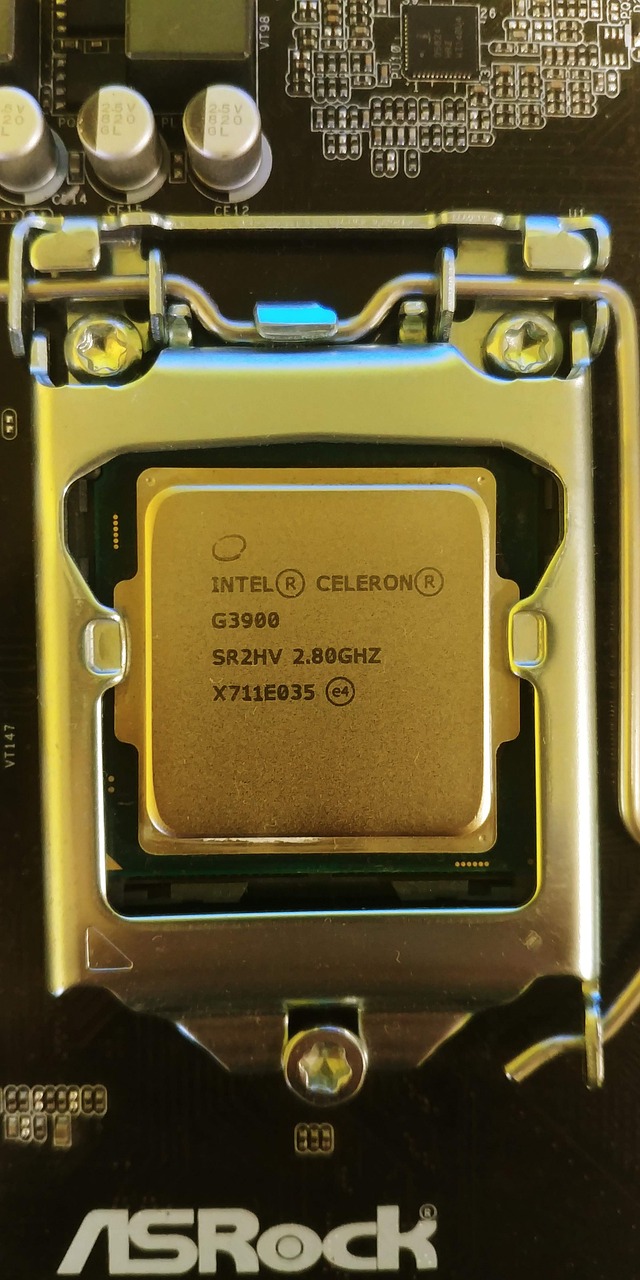In today’s rapidly evolving technological landscape, upgrading your PC has become an essential task for many users. However, recent developments have shed light on a concerning trend – the rising costs of Intel processors. As a result, PC enthusiasts and consumers are faced with the challenge of navigating a more expensive market. In this article, we will explore the reasons behind Intel’s price hikes, the impact on consumers, and potential alternatives to consider.
The Price Hike: Intel’s Strategy Unveiled
Intel’s Pricing Update for Alder Lake CPUs
In a surprising move, Intel has quietly increased the recommended pricing for its Alder Lake processors. This price hike indicates a shift in the market and has raised concerns among consumers. Previously, Intel had already announced its intention to raise prices for most of its chip products by 10% to 20%. However, it was unclear whether this would directly affect consumer CPUs. The recent update to Intel’s Ark database, where recommended pricing is listed, confirms that the 10% increase has indeed been applied to the flagship Core i9-12900K processor. Its MSRP now stands at $648, a $59 increase from its previous price tag of $589[^1^].
Implications for Consumers
The price hike poses several implications for consumers. Firstly, it creates an odd situation where some Alder Lake processors are now more expensive than their newer and faster Raptor Lake counterparts. This discrepancy raises questions about Intel’s pricing strategy and its impact on consumer purchasing decisions. Additionally, the price increase for Alder Lake processors has not yet been reflected in the actual retail market. However, it is expected to manifest over time, as retailers will eventually adjust their prices to align with Intel’s new recommendations[^1^].
The Road Ahead: Raptor Lake and Future Price Hikes
Speculations on Raptor Lake Pricing
With Alder Lake processors already experiencing a price increase, it seems inevitable that Raptor Lake processors will follow suit. Although Intel has not officially announced any price changes for the 12th-gen range, it is highly likely that Raptor Lake CPUs will also see a similar 10% price hike in the near future. Maintaining a consistent pricing structure between the two generations of processors makes logical sense. However, this decision could be a strategic move by Intel to give Raptor Lake CPUs more time in the market before raising prices, minimizing potential backlash or negative consumer sentiment[^1^].
The Competitive Landscape: AMD’s Response
Intel’s price hikes also have implications for its competition, particularly AMD. The recent price cuts made by AMD on its Ryzen 7000 CPUs have put Intel in a less competitive position. AMD’s price reductions, combined with the expected arrival of cheaper AM5 motherboards, make upgrading to AMD’s Zen 4 processors an attractive option for consumers. By leaving the door open for AMD to regain market share, Intel’s pricing strategy may inadvertently benefit its competitor in the long run[^1^].
Navigating the Changing Market: Considerations for Consumers
Evaluating Performance vs. Price
As consumers face the increasing costs of upgrading their PCs, it becomes crucial to evaluate the performance-to-price ratio offered by different processor options. While Intel processors have long been favored for their performance, the rising prices may lead consumers to explore alternatives. AMD’s Ryzen processors, known for their competitive pricing and impressive performance, can be a compelling choice for those seeking a balance between affordability and power. It is essential to carefully consider the specific needs and use cases of your PC before making a purchasing decision.
Exploring Alternative Options
In addition to AMD’s Ryzen processors, consumers can also explore other alternatives to Intel. The market offers a range of options, including processors from companies like Qualcomm, Apple’s M1 chips, and even custom-built PCs using components from various manufacturers. Each alternative comes with its unique strengths and weaknesses, catering to different user preferences and requirements. Conducting thorough research and consulting with experts can help you identify the best alternative for your specific needs.
Long-Term Investment: Future-Proofing Your PC
When upgrading your PC, it is essential to consider the long-term investment value of your chosen components. While Intel processors may be experiencing price hikes now, it is crucial to assess their long-term performance and compatibility with future technologies. Intel’s established reputation and strong market presence can still make their processors a viable option for users who prioritize stability and compatibility. By carefully researching the roadmap and future releases of both Intel and its competitors, you can make an informed decision that aligns with your long-term goals.
Conclusion
As the costs of upgrading PCs continue to rise, consumers are faced with the challenge of navigating an increasingly expensive market. Intel’s recent price hikes for Alder Lake processors have raised concerns among PC enthusiasts and consumers alike. While the impact of these price increases has yet to be fully realized, it is crucial for consumers to consider alternative options and evaluate the performance-to-price ratio of different processors. Whether it is exploring AMD’s Ryzen processors or other alternatives, making an informed decision based on your specific needs and long-term goals is key to a successful PC upgrade in today’s evolving landscape.



No comments! Be the first commenter?